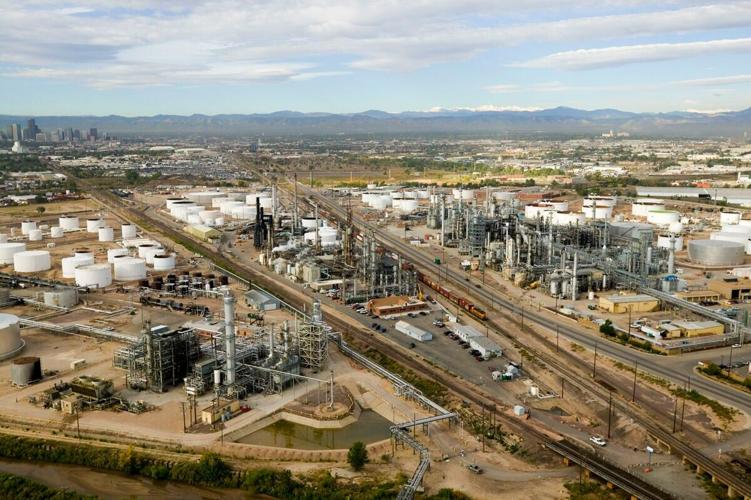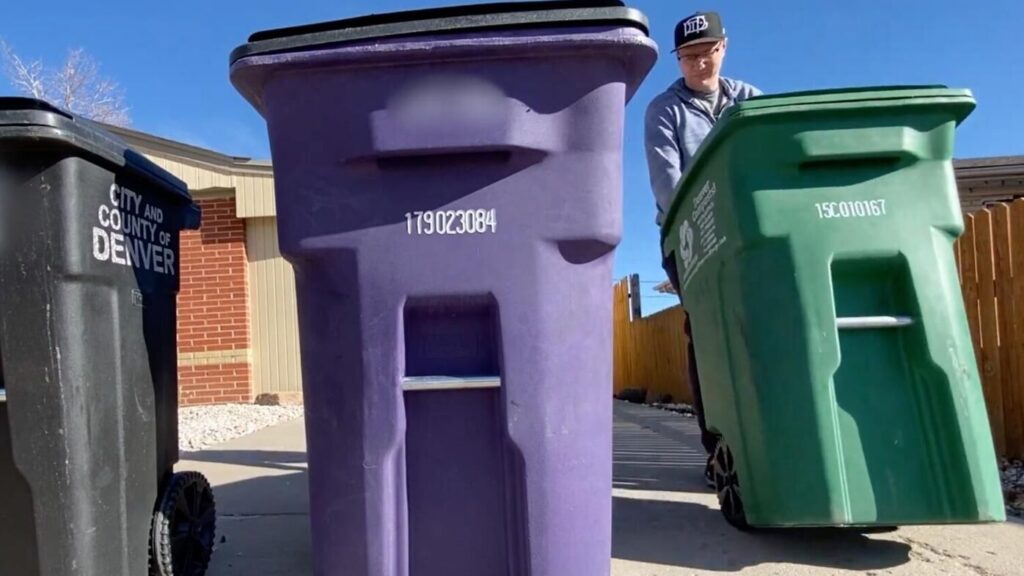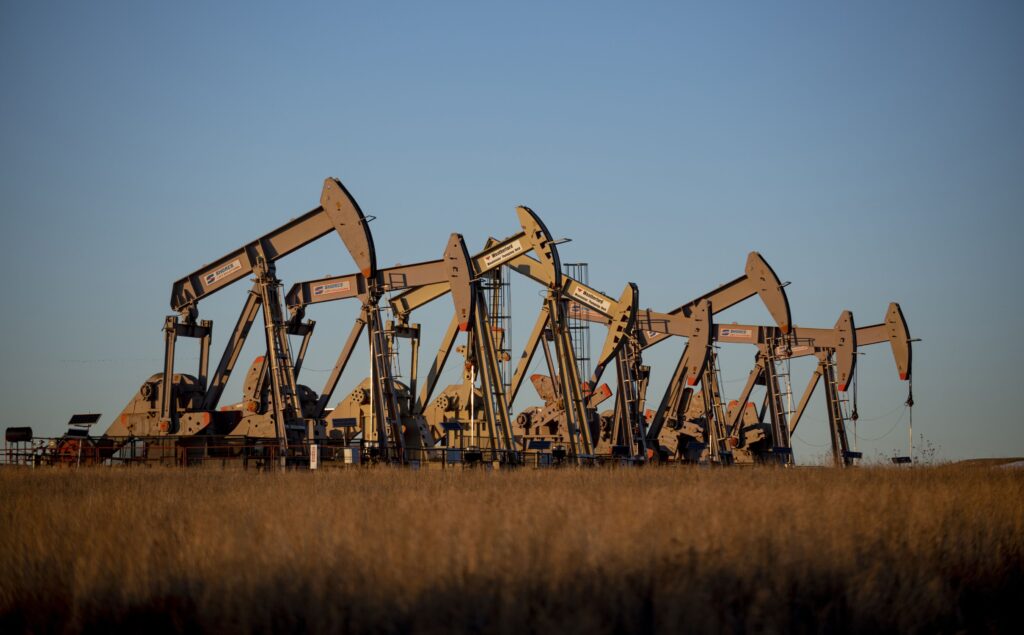EPA report finds Suncor refinery having more air pollution incidents compared to other refineries
The Environmental Protection Agency released a report Friday on Suncor’s Commerce City refinery showing it has more air pollution incidents than 11 other refineries of similar size and output.
In the report, the EPA said the Suncor refinery “may experience more air quality incidents because of inadequacies in preventative maintenance, testing and inspection of liquid level control systems and electrical equipment.”
The refinery has been the target of complaints by surrounding neighborhoods and organizations.
A complete shutdown of the refinery for repairs after two fires and damage from extreme weather in late December hasn’t mollified activists, who argue that the public health remains compromised, and the plant should be permanently closed.
In a prior statement to The Denver Gazette, Olga González, Executive Director of Cultivando, an Adams County nonprofit that focuses on the health needs of the Latino community said: “The Suncor oil refinery has been polluting our community for nearly 100 years, even with expired permits. Regulations around acceptable toxic levels must be updated now to prevent further damage to the health and well-being of people who live in proximity to the refinery.”
The EPA report noted that an earlier report by the Colorado Department of Health and Environment “concluded that incidents were most frequently due to underlying issues related to procedures, interfaces (e.g., communication, delineation of responsibility/accountability), and escalation (proper resources use to prevent issues from becoming more severe), rather than equipment failures.”
While the EPA report is focused on the refinery, data gathered from an air monitoring program sponsored by Cultivando, shows that Suncor is just one of multiple sources of air pollutants in Commerce City’s industrialized areas surrounding the intersection of I-270 and Vasquez Boulevard, including the Denver sewer plant, which is adjacent to the refinery.
“This analysis underscores the importance of our compliance assurance efforts at Suncor in protecting the surrounding community,” said EPA Regional Administrator KC Becker in a press release. “We will use this information and other targeting tools to focus our efforts for future inspections and enforcement.”
The EPA report showed: “A 2020 inspection by EPA did not identify any findings related to Mechanical Integrity or adherence to recognized and generally accepted good engineering practices, including API standards/recommended practices.”
“Air quality and health are linked in so many ways. We know people who live near multiple air pollution sources face disproportionate impacts, including the communities surrounding Suncor,” said CDPHE Director of Environmental Health and Protection Trisha Oeth. “This important analysis provides vital information to protect clean air for all Coloradans, no matter where they live. We anticipate the findings will result in direct actions for Suncor to make improvements.”
The EPA report comparing Suncor’s emissions exceedences to other refineries showed that in the five-year period from 2016 to 2020, Suncor had the second-most acid gas incidents, 10, behind the Holly Frontier refinery in El Dorado, Kansas, with 15.
Suncor had 20 tail gas incidents, while the next-highest was Phillips 66’s Borger, Texas refinery with 13.
For hydrocarbon flaring incidents, the Suncor refinery came in somewhere in the middle with 17 incidents compared to the Holly Frontier’s 86. The totals for hydrocarbon flaring ranged from one incident to 86, with a rough average of 24 for all 12 refineries.
When asked for comment, Suncor officials responded: “We are currently in the process of examining the EPA report, and we anticipate providing additional details sometime next week.”













